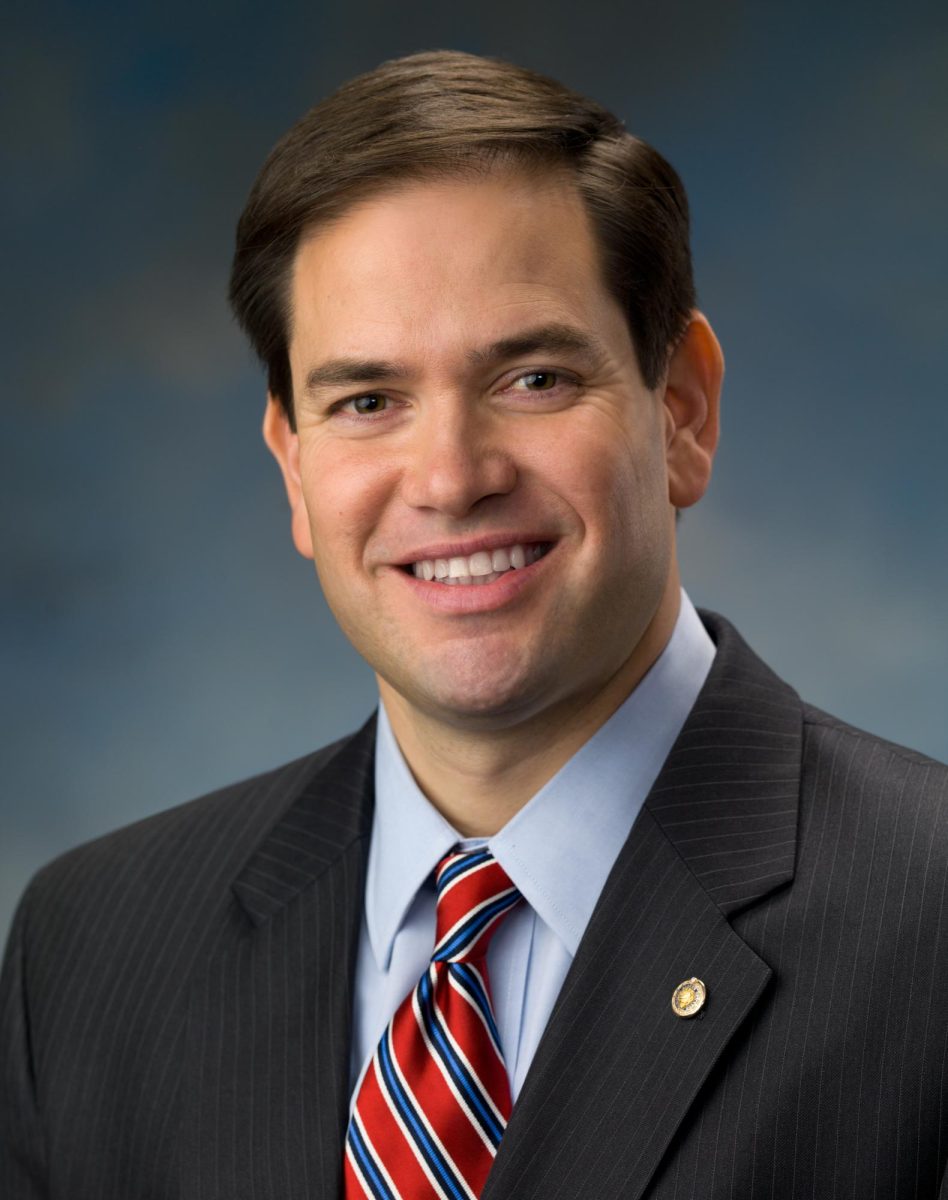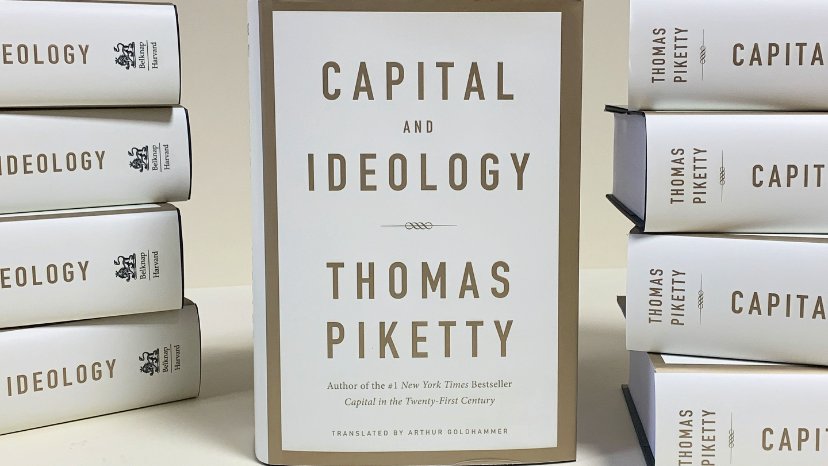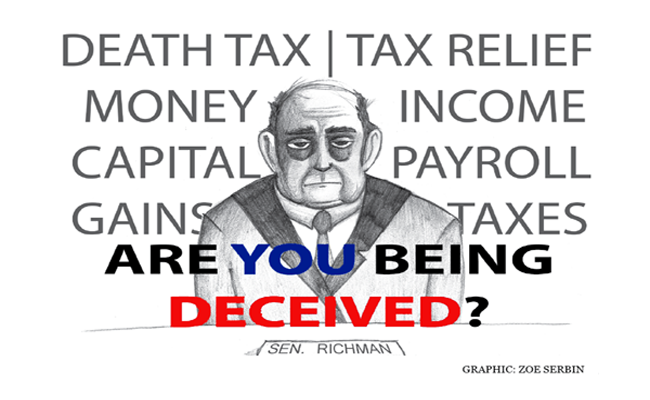Conservative leaders have learned to frame their world views to appeal to a voter’s self-image. As a result, many Americans are supporting elitist economic policies and the Democratic Party is in crisis.
Would you choose to live in a country where the upper 1 percent of the population owns 34.6 percent of wealth and the bottom 40 percent owns a mere .3 percent?
The majority of Americans who responded to this question—which was posed by recent research conducted by Harvard Business School Professor Michael Norton and Duke University Professor of Psychology and Economics Dan Ariely—answered “no.”
It seems implausible that this type of economic inequality can persist in a democracy, but these statistics represent the wealth distribution in the United States.
The Occupy Wall Street movement has prompted close examination of the extreme wealth inequality that exists in our country.
According to Professor Ariely, the gap between the wealthiest Americans and the poorest is larger than at any time since the Great Depression, and the middle class is steadily waning.
Of the people who were surveyed in Norton and Ariely’s research, almost all thought that wealth should be more equally distributed. Interestingly, progressives and conservatives both shared this belief.
In spite of this, conservative economic policies have increasingly shifted wealth towards an elite few.
Under the Clinton Administration, the fraction of total growth captured by the top 1 percent of the American population was 45 percent. Under the second Bush Administration, the total wealth captured by the top 1 percent of Americans grew to 65 percent, moving Americans further away from the concentration of wealth that the majority proposed was ideal in Norton and Ariely’s study. Yet, George W. Bush was reelected, and his tax reform policies were extended.
Why do Americans who are not in the top ten percent of the population continue to support conservative financial policies that create this inequality?
The answer may lie in the language utilized by the Republican Party. Over the past few decades, conservatives have made a conscious shift in the way that they communicates ideals and policies.
For example, President George W. Bush adopted the phrase “tax relief” to describe tax cuts for the wealthy. This language evokes positive images in the mind of the listener—images of the economically burdened receiving necessary relief from their financial hardships.
In reality, Bush’s tax relief plan primarily benefited the upper 1 percent of the American population. This group of people was not desperate for relief.
Bush also strategically chose the phrase “death tax” to describe taxes on inheritance. Republicans created this phrase because of the effect it has on the listener—the words death and tax both have a negative connotation, and by using this language the Republican Party has shifted public opinion to view inheritance taxes as a cruel tax on death.
In adopting the “tax relief” and “death tax” phrases, Bush used a technique that conservatives have followed religiously over the past few decades—he is speaking in frames. In Don’t Think of an Elephant!, George Lakoff, a professor at UC Berkeley, defines frames as “mental structures that shape the goals we seek, the plans we make, the way we act, and what counts as a good or bad outcome of our action.”
The purpose of frames is to appeal to listeners’ world views—to utilize broad yet persuasive language that causes the listener to identify with the morals and values of the speaker. In the 2000 election, Al Gore repeatedly explained that Bush’s tax cuts would primarily benefit 1 percent of the population.
Gore and his strategists figured that since his democratic tax plan benefited a broader sector of the population than Bush’s, “everyone would vote in their self-interest and support him…but conservatives still opposed him,” says Lakoff.
Lakoff discovered that 35 percent of the lower and middle class Americans who support conservative financial policies believe that someday they will be in that top 1 percent of the population—despite proof of the rarity of social mobility.
How do we explain the thought process of the other 65 percent of voters who are aware that they will never directly benefit from conservative financial policies?
The opposition to Gore’s targeted middle class tax-break by this group reveals a fundamental idea behind Lakoff’s studies: people do not necessarily vote for the candidate whose policies they will benefit most from.
First and foremost, people vote for their identity and their values. Essentially, people vote in their self-image rather than their self-interest. It may be that their self-image coincides with their self-interest, but if not, their self-image prevails.
In order to enact policies that will lead to broader wealth distribution, Democrats must reframe their ideas and goals.
As seen in Norton and Ariely’s study, Americans want more equitable wealth distribution; they want the wealth concentration in the top 20 percent of the population to be 52 percent lower than it is.
To gain the necessary support to enact legislation that would benefit lower and middle class Americans, Democratic leaders must explore ways to motivate voters to identify with progressive world views.



































